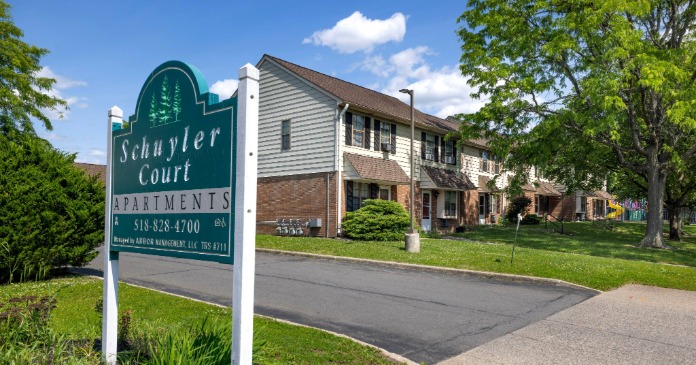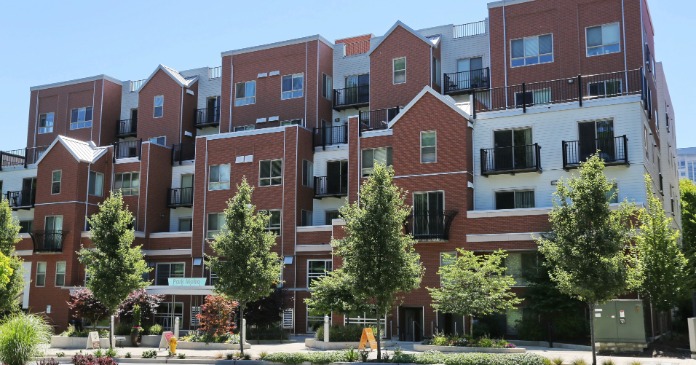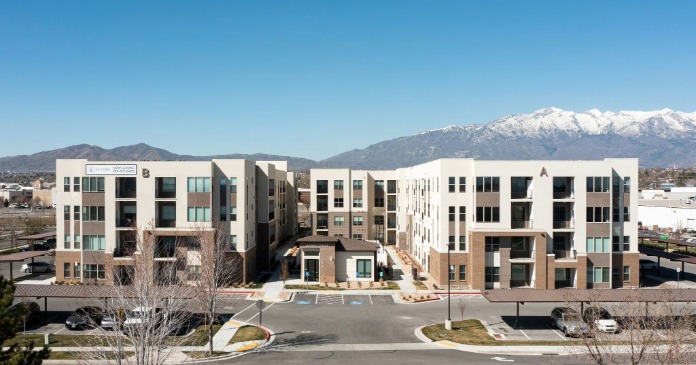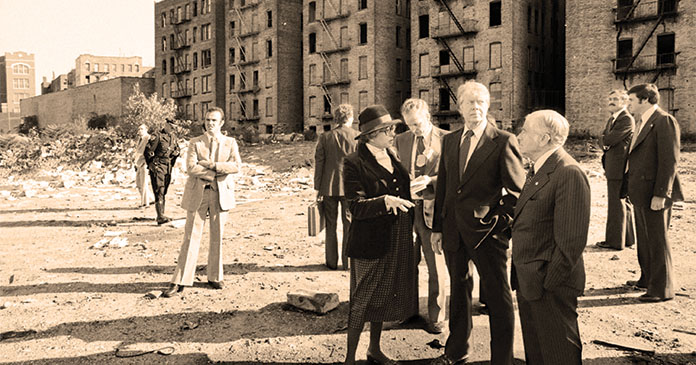
In 1905, the philosopher George Santayana famously said, “Those who forget the past are condemned to repeat it.”
Maybe that explains why some people are so nostalgic and want to repeat the time a half-century ago when landlords were abandoning between 21,0000 and 50,000 apartments a year throughout New York City.
In 1976, The New York Times headline screamed: “Housing Abandonment Spreads in Bronx and Parts of Brooklyn.” As reported by The Times, abandoned buildings were magnets for crime, vandalism, and arson. Criminal building “strippers” would break into abandoned apartments and “rip out plumbing that could be sold for salvage.” That caused the flooding of the apartments below, which in turn would be abandoned. Soon, entire buildings, many of them structurally sound, would be abandoned and collapse into a conflagration of arson-driven flames.
Why did this happen? For one thing, a city housing official told The Times, “there is absolutely no ability for property owners to obtain financing” to make needed repairs. And why couldn’t building owners get financing? Because banks had no desire to lend out money that couldn’t be repaid because of the city’s history of draconian rent control.
In 1981, citing economist Assar Lindbeck’s aphorism that “rent control appears to be the most efficient technique so far known for destroying cities—except for bombing,” the Fraser Institute published a book on rent control with a disturbing set of photographs.
On some pages there were photographs of cities in Japan and Germany destroyed by bombing. On other pages were photographs of New York City neighborhoods destroyed by rent control. It was impossible to tell from the photos which was which.
Rent control has always been politically popular with renters, and when a majority of a city’s residents are renters, majoritarian impulses can careen out of control. As they did in New York City, where a rent control regime made it well nigh impossible for landlords to recoup their investments or earn enough to cover needed repairs. That, combined with high taxes and high crime, led to New York’s descent into a dystopian nightmare.
But New Yorkers wised up. They drastically altered their rent control regime and allowed building owners, especially the owners of new buildings, to gain enough profit to make it worthwhile to be in the landlord business. New York crawled out of its nightmare. Neighborhoods were revitalized and New York City once again became a desirable place to live.
Until 2019. That’s when the city lurched back to the past and amended its rent control laws to emulate those of a half-century ago.
Now, it is once again nearly impossible for landlords to recoup money for needed repairs and capital improvements. It is now extraordinarily difficult to remove tenants. In many cases, landlords cannot even move back into their own apartments. Two groups of landlords have sued the City of New York, and their case was argued February 16 before the federal Second Circuit Court of Appeals.
Courts have been reluctant to upset political mistakes, and the Second Circuit’s questioning of counsel indicated it might not be willing to do so here. We’ll know within a couple of months, when the court’s opinion comes out.
But in the meantime, there could be worse in store if the New York state legislature follows the example of New York City and extends something euphemistically called “good-cause eviction” to the entire state. The bill would impose statewide rent control and drastically limit the ability of landlords to remove tenants.
Landlords are in the business of providing housing and rarely like having to remove a tenant any more than the tenant wants to be removed. But there are times when this becomes necessary.
While the proposed bill supposedly allows eviction for “good cause,” those exceptions are limited. If a tenant thinks a rent increase is “too high” because it is either more than 3 percent of the existing rent or 150 percent the rate of inflation, whichever is greater, he can’t be evicted for failure to pay rent. This is de-facto rent control and will make it harder for building owners to make repairs or capital improvements. Other provisions make it impossible to remove troublesome tenants who may not be committing any nuisances in the legal sense but make life miserable for neighboring tenants.
If rents are too high, it’s primarily because there is not enough supply. There is nothing that can restrict supply better than rent control. Builders won’t build if they can’t get a decent return on their investment. When it becomes too costly to rent out an apartment, it won’t be rented—it will be abandoned. And then, in time, all hell will once again break loose.
Tenant advocates are elated by the prospect. Some are proudly calling the bill the “landlords’ worst nightmare.” This “us versus them” mentality that pits housing providers against housing consumers will do nothing to increase or even maintain existing housing supplies.
After New York City amended its rent control laws in 2019, the market collapsed for the apartment housing market. When St. Paul, Minnesota, voters adopted a new draconian rent control law in 2021, building permits were withdrawn and one large project on the site of an old Ford Motor complex stopped dead in its tracks. And now, New York State is on the brink of emulating these mistakes.
Calling the “good-cause eviction” bill the landlord’s worst nightmare isn’t accurate. If the past is any guide to the future, the new law, if passed, will become everybody’s old worst nightmare made new again.
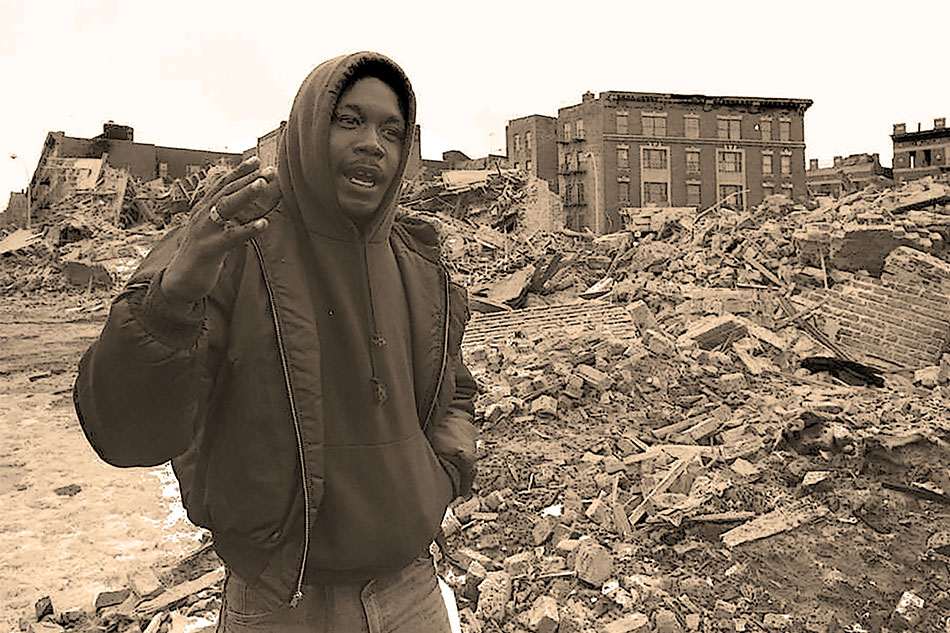
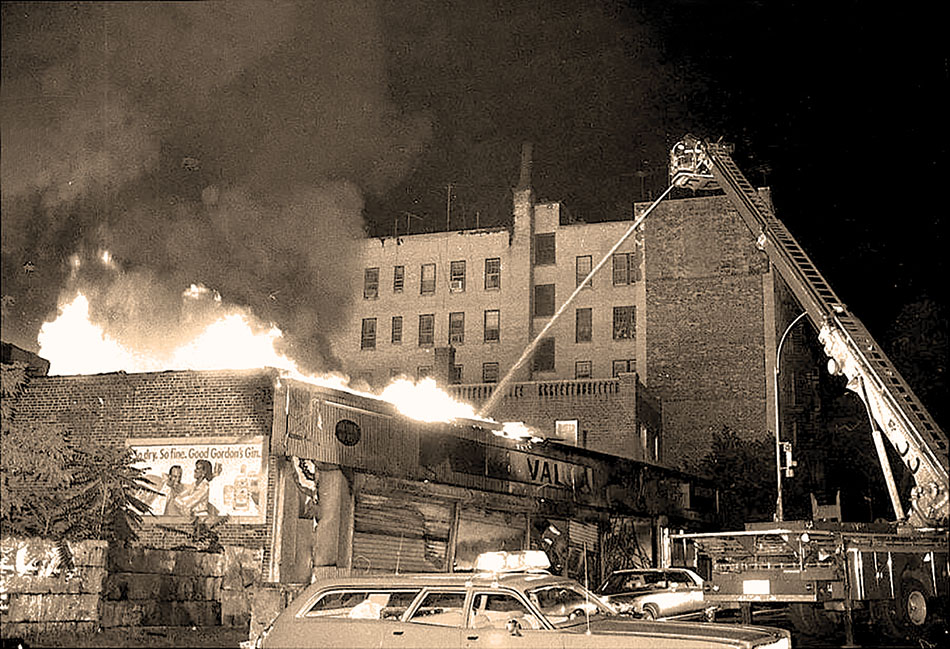
Author James Burling, Pacific Legal Foundation











